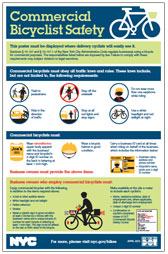According to a new study by New York Presbyterian Hospital and Weill-Cornell Medical College presented at Digestive Disease Week® (DDW), usual methods to diagnose and treat gastrointestinal problems are controversial and lead to a high rate of misdiagnosis.
Gastroesophageal reflux disease (GERD) happens when stomach acid or bile flows back into the esophagus from the stomach, causing acid reflux and heartburn. The usual method used to treat this condition is to submit the patient to an eight eight-week trial of proton-pump inhibitors (PPI) and then to observe the patient to see if symptoms subside.
According to David Kleiman, MD, a research fellow in the department of surgery at New York Presbyterian Hospital, “Many patients remain on proton-pump inhibitors for years after the trial period without any confirmation that they are being treated for the right diagnosis,”. This leads to unnecessary expenses and increased medical risks linked to extended PPI use.
 New York Personal Injury Attorneys Blog
New York Personal Injury Attorneys Blog



 Business owners who employ delivery bicyclists will have to post a commercial bicyclist safety poster where employees can easily see it. Additionally they will have to maintain a bicyclists roster with detailed information on each employee.
Business owners who employ delivery bicyclists will have to post a commercial bicyclist safety poster where employees can easily see it. Additionally they will have to maintain a bicyclists roster with detailed information on each employee. 